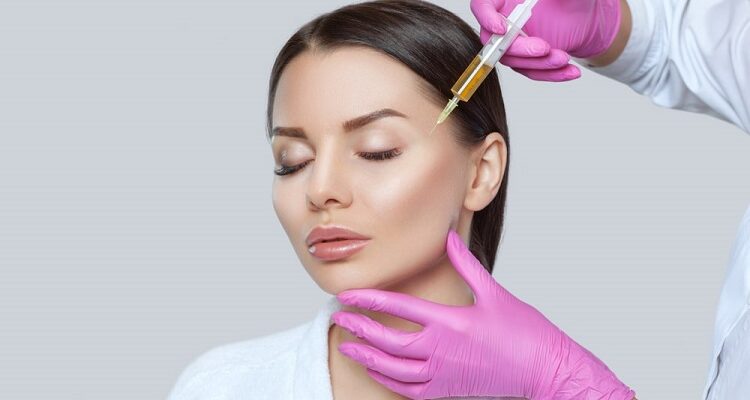Tissue regeneration can improve wound healing, and you can consult your primary caregiver about the benefits of PRP therapy when you have a wound that does not respond to medication. Regenerative medication leads to optimum healing and can reduce pain, and you should consult experts in PRP in Houston who can educate you about the therapy and administer medication. Here is why PRP might be the appropriate procedure after an injury.
Table of Contents
PRP Heals Sports Injuries
Trauma in the field can lead to pain and suffering, affecting the joints, tendons, and muscles. Muscle injuries happen due to extreme force, which tears tissues and might take time to heal. However, PRP therapy might heal injuries and would be a good option for athletes as it speeds the healing process. It restores the functionality and mobility of an injured joint and muscle.
It Provides Symptomatic Relief for Arthritis
Arthritis leads to reducing hyaluronic acid, which lubricates and cushions the knee joint keeping them working properly. You can benefit from PRP if you have arthritis as it restores hyaluronic acid concentration on the knees. The platelets stimulate synovial fibroblast hepatocyte growth factors, which boost hyaluronic acid on the knees. Thus PRP reverses arthritis and eliminates disease progression.
It Reduces Inflammation
Inflammation protects the body against trauma; however, it might impact healing due to side effects such as pain. However, PRP can reduce inflammation which promotes healing; moreover, the severity of the injury might impact inflammation and healing, leading to poor wound healing. However, PRP can reduce the healing time, elevating pain and inflammation. Pain and inflammation can also reduce the range of motion, thus preventing everyday movement and activities.
The Treatment Is Minimally Invasive
The procedure uses blood samples which have been separated into different elements. The therapy uses ingredients and growth factors specific to the injury and condition. The derived growth factors are then injected into the injured area leading to growth and healing. The minimal procedure is not painful and does not have any side effects when using your cells. Minimally invasive procedures do not leave any marks or scars; thus are effective for joints and wounds.
PRP Leads To Long Lasting Pain Relief
Chronic pain might not respond to medications and surgery, but PRP can lead to permanent pain relief. The growth hormones reduce pain and lead to the growth of healing factors which improves the structure elements of the muscles, ligaments, discs, joints, and connective tissues. It may alleviate a wide variety of musculoskeletal pain and injuries.
It Does Not Have Any Side Effects
PRP does not lead to side effects as the cells are derived from the patient. Moreover, a patient will not have an allergic reaction to the growth factors. Thus the treatment is safe and effective for wound healing and pain alleviation.
Final Thoughts
Chronic pain and wounds which do not heal can reduce the quality of life. However, you can opt for PRP therapy which uses growth factors that promote healing. You will not have an allergic reaction to the growth factors and might not experience any side effects. Your family doctor will educate you about the therapy and its efficiency in healing.


Comments